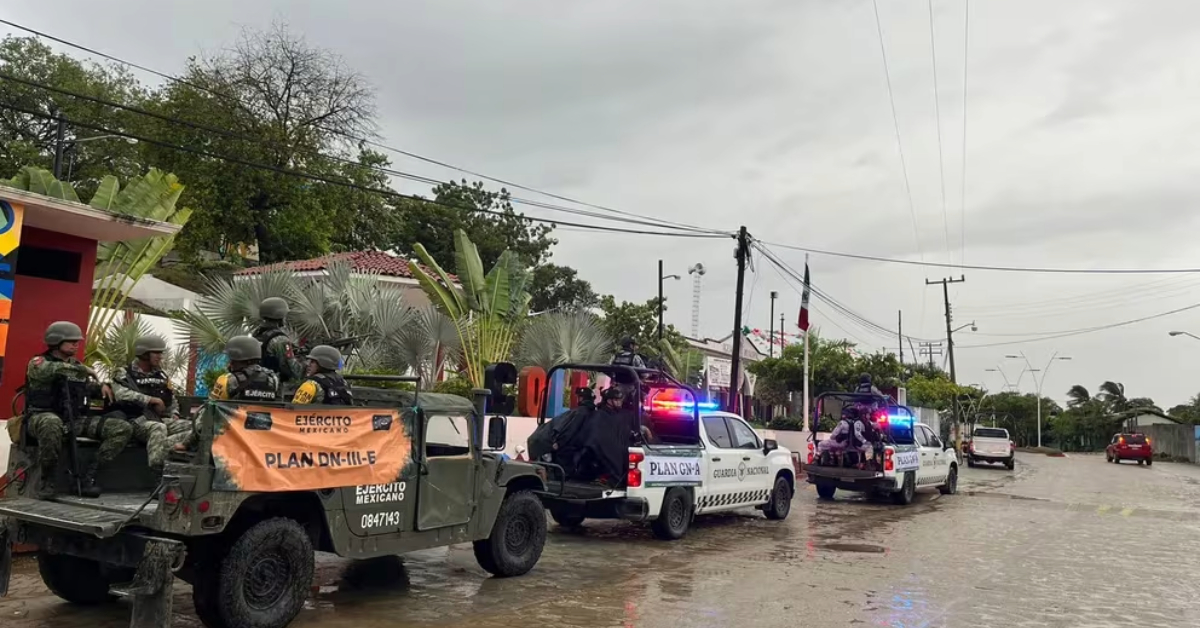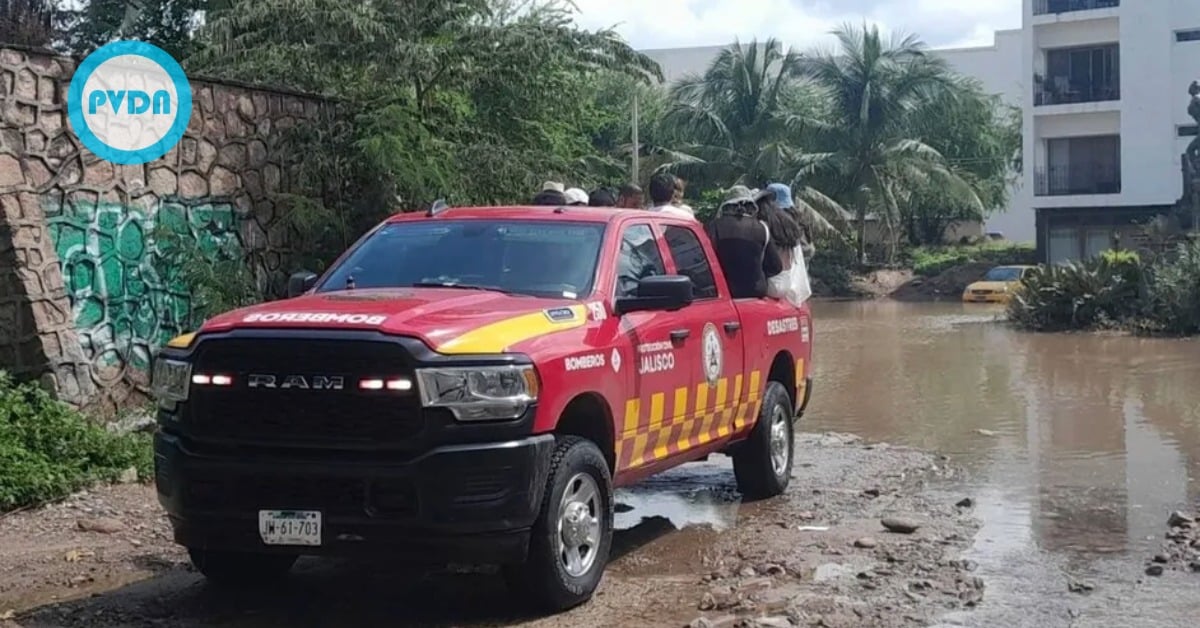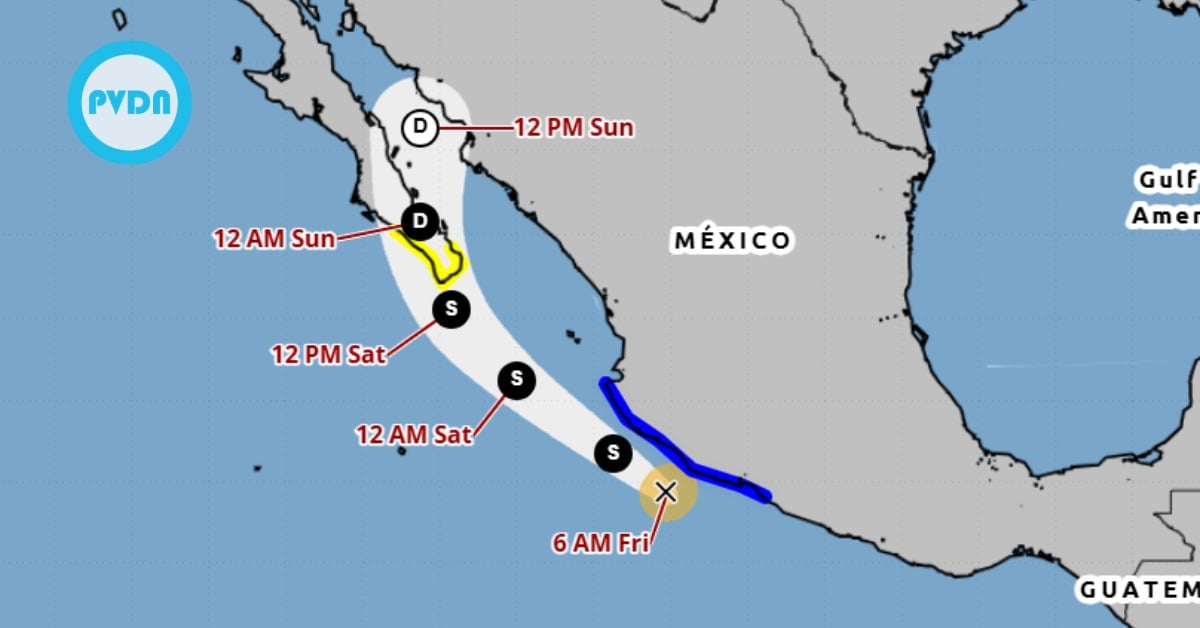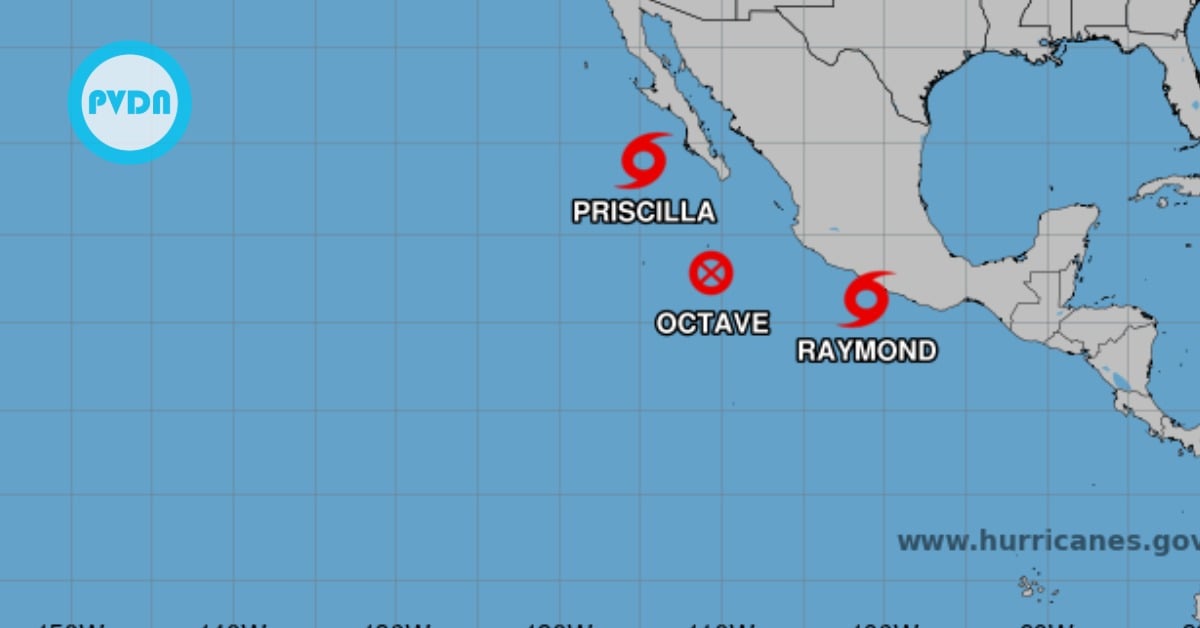Puerto Vallarta, Mexico - The National Meteorological Service (SMN) of Mexico has reported that Hurricane 'John' made landfall late Monday night in the southwestern region of the state of Guerrero, bringing dangerous winds and heavy rains. Authorities have urged residents to remain in safe areas and closely monitor updates from local authorities.







